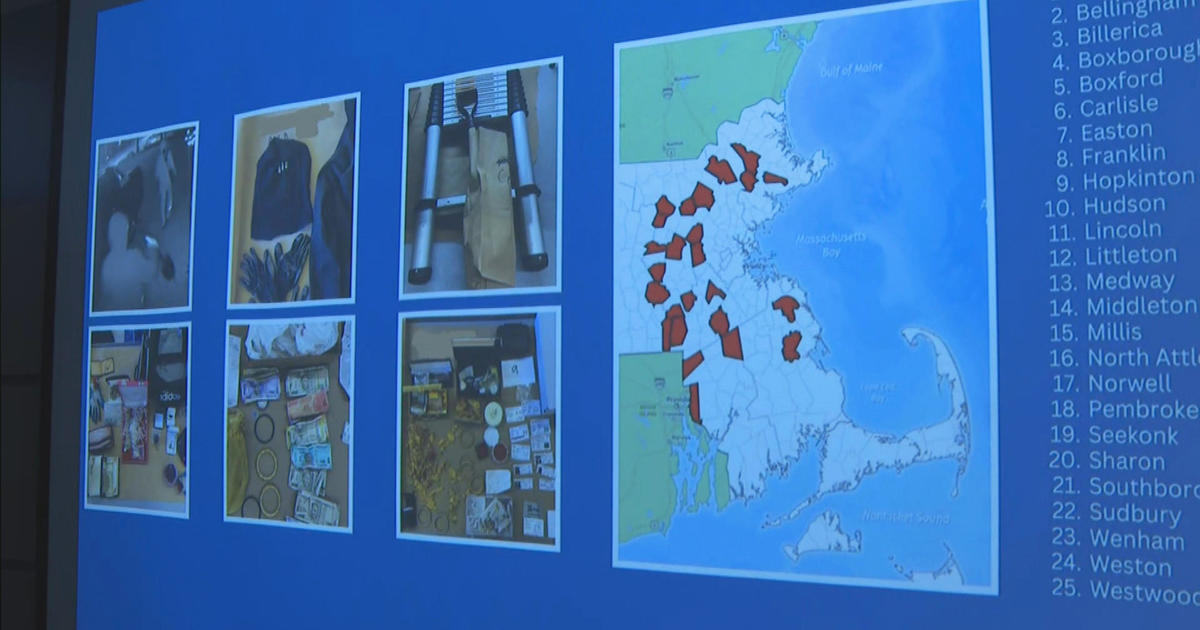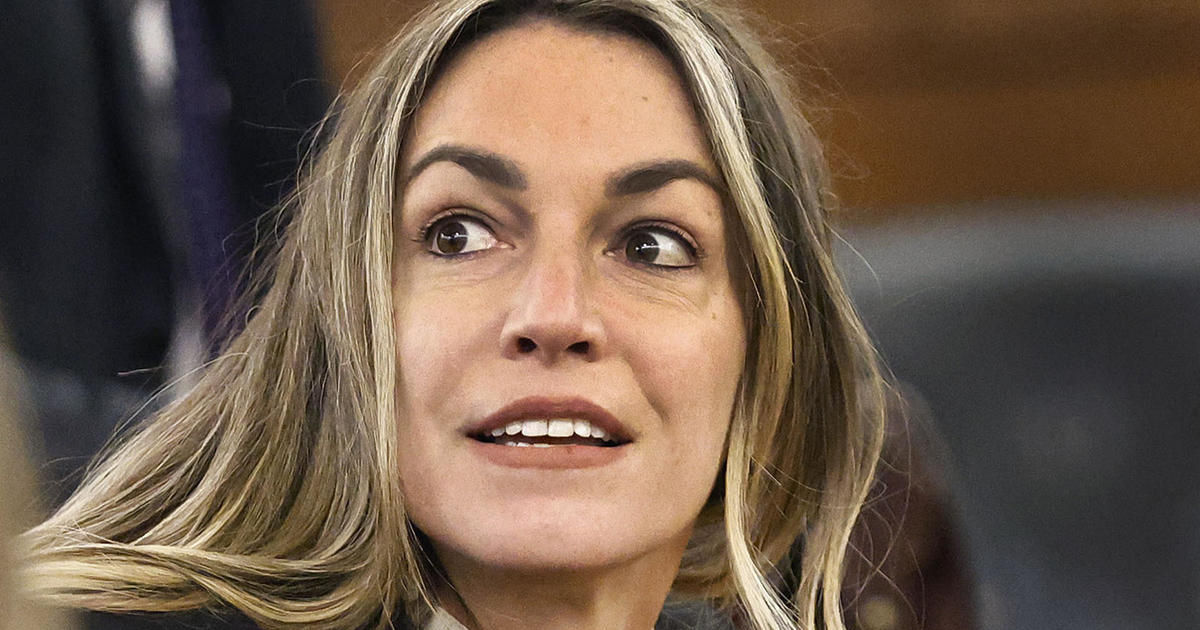Boeing's door plug installation process for the 737 Max 9 is "concerning," airline safety expert says
A former National Transportation Safety Board member tells CBS News he's concerned that a failure in the process of manufacturing and inspection of Boeing's 737 Max 9 aircraft led to a near disaster in the skies over Oregon last Friday.
That's when a panel on the side of the aircraft commonly referred to as a "door plug" blew out of the Alaska Airlines flight out of Portland as the plane climbed through 16,000 feet on its way to Ontario, California.
"At the very least, installers missed something," said former NTSB member John Goglia, who is also an FAA certified mechanic. "It calls into question the process. Was it the process itself? Or was it just a (single) mistake or complacency on the part of the people working on the installation?"
Because this 737 Max 9 aircraft was relatively new, rolling off Boeing's assembly line in October, Goglia raised questions about whether the manufacturing and installation process currently includes enough oversight or inspections, either at the Boeing plant or at the subcontractor in Wichita, Kansas, where the aircraft fuselages are made.
"I have not seen nor heard of anybody say that there was an inspection requirement on this (door plug installation). There should be," said Goglia. "Anything that's a single point of failure that's going to cause you a potential crash needs to be checked both by the people doing the work and by a set of eyes that didn't do the work to make sure that it was accomplished. That is concerning to me."
The Federal Aviation Administration says it is conducting an investigation into Boeing's 737 Max 9 aircraft, including whether Boeing "failed to ensure" the jet conformed to its design and whether its aircraft "were in a condition for safe operation in compliance with FAA regulations."
"This incident should have never happened and it cannot happen again," the FAA said in a statement.
Boeing said it "will cooperate fully and transparently with the FAA and the NTSB on their investigations."
Door plugs are commonly used on U.S. commercial carriers to seal up optional extra doors when airlines choose to carry fewer passenger seats than the aircraft can hold. The plugs are supposed to be held in place by secure bolts and stop fittings. The plugs are lighter than an emergency door, can't be opened or closed, and don't have to be maintained or have an escape slide attached.
"For domestic purposes, they put interior panels across that door such that the passengers would normally never see it," said Doug Rice, a commercial pilot for more than four decades before retiring. Rice frequently served as a captain flying earlier models of 737s, equipped with door plugs, across the United States.
"There are attach points all the way around that door that keep it attached to the airframe," Rice said. "Did one of those or more of those fail, or was it not installed properly with those?"
These questions have become a major focus of the NTSB's investigation into what happened in the skies over Oregon.
After the door plug blew out at around 16,000 feet on Alaska Airlines Flight 1282, the force of the depressurization was so severe that one teenage passenger's shirt was ripped off, and the door to the flight deck slammed violently open. The pilots declared an emergency and were able to circle back and land safely in Portland with no serious injuries.
NTSB Chair Jennifer Homendy said that had the door plug blown out at cruise altitude, typically between 30,000 and 40,000 feet, the result might have been catastrophic.
"We're very fortunate that the outcome — you know, it's a big shock, but nobody was seriously hurt," said Goglia. "It happened in at the right altitude."
In a meeting with employees on Tuesday, the president and CEO of Boeing, Dave Calhoun, said the company is "acknowledging our mistake."
"We're going to work with the NTSB, who is investigating the accident itself to find out what the cause is," Calhoun said. "We have a long experience with this group. They're as good as it gets."




